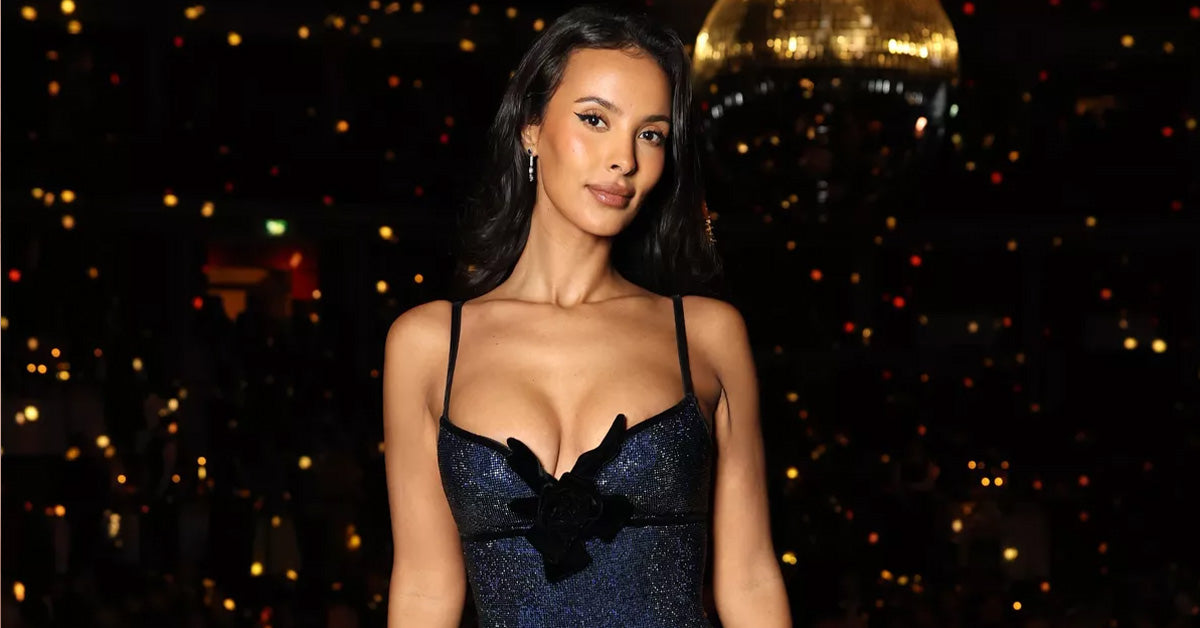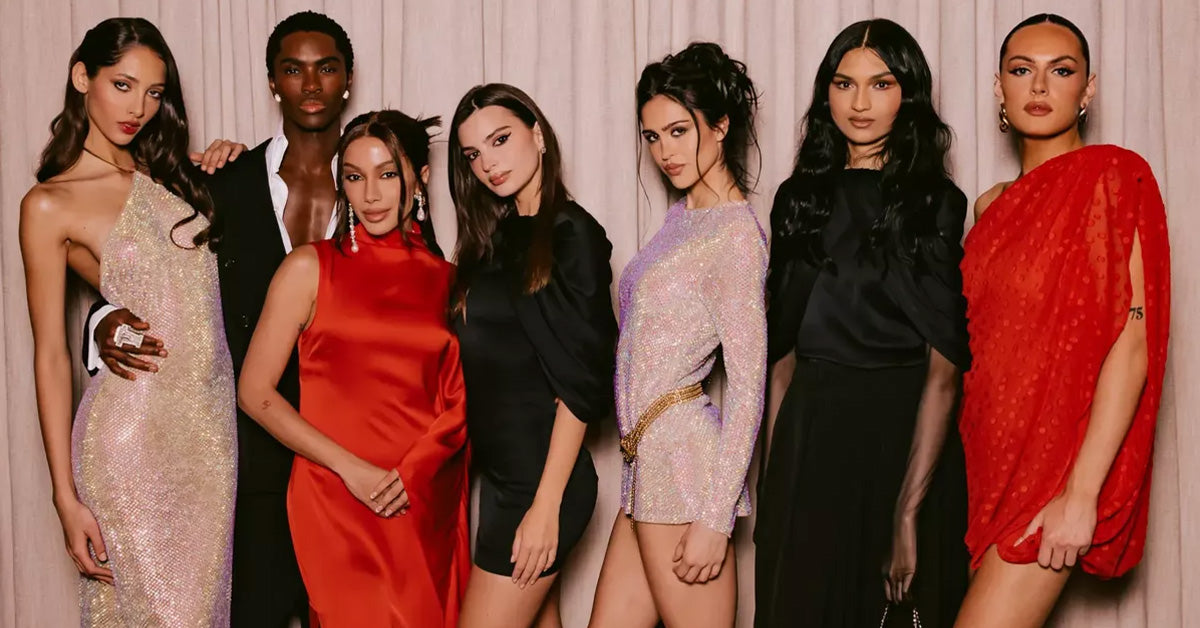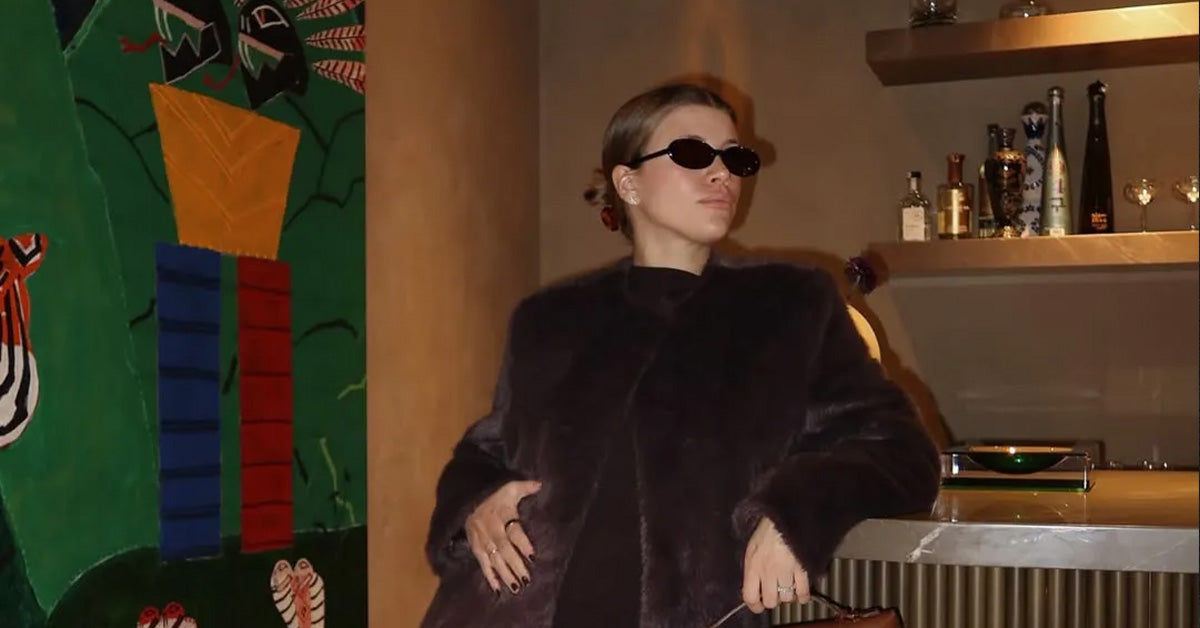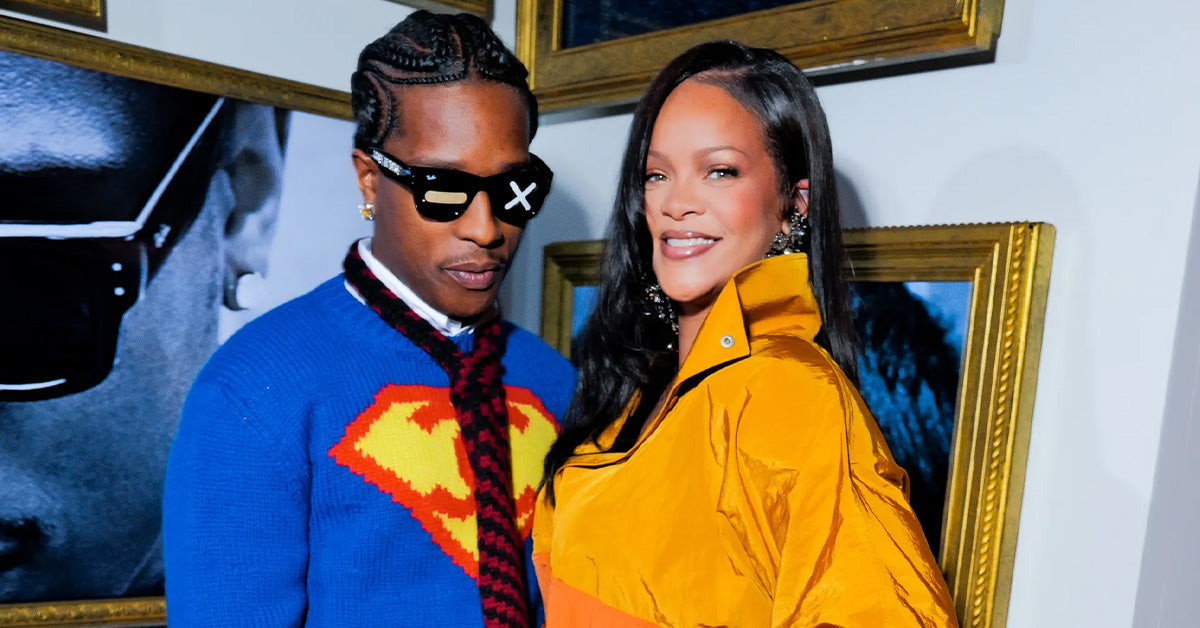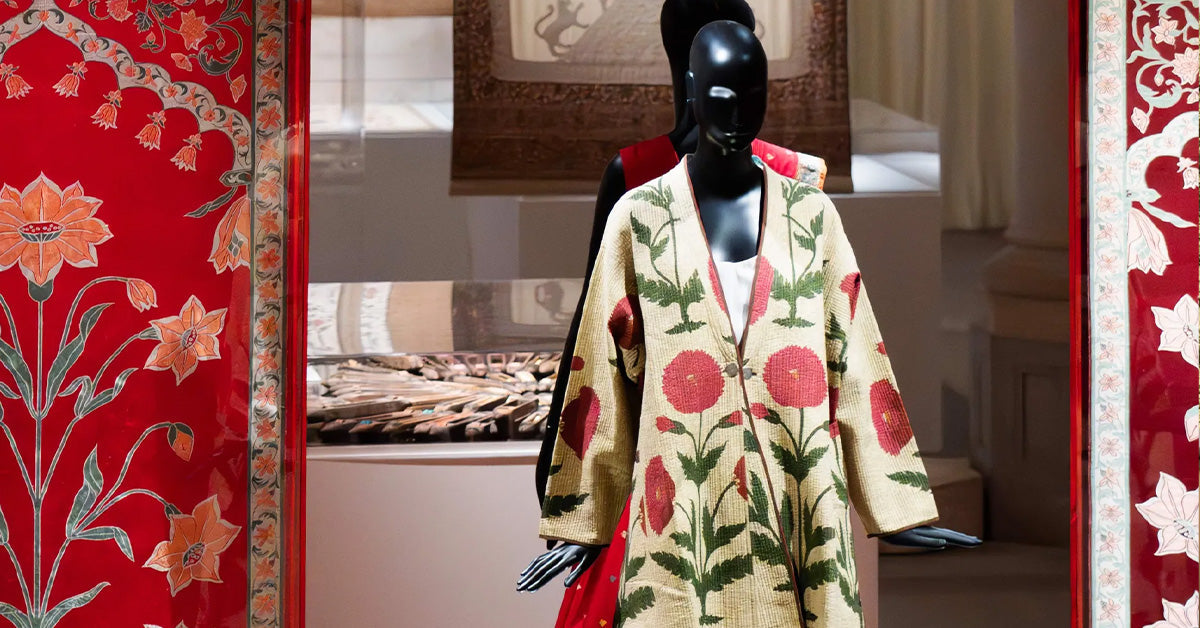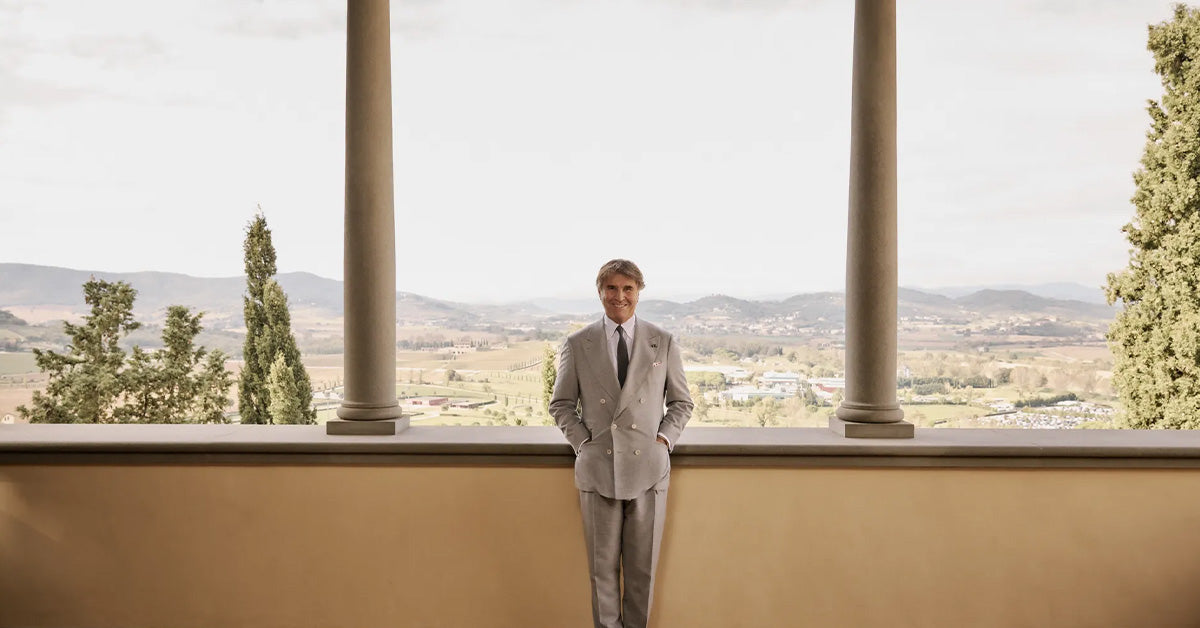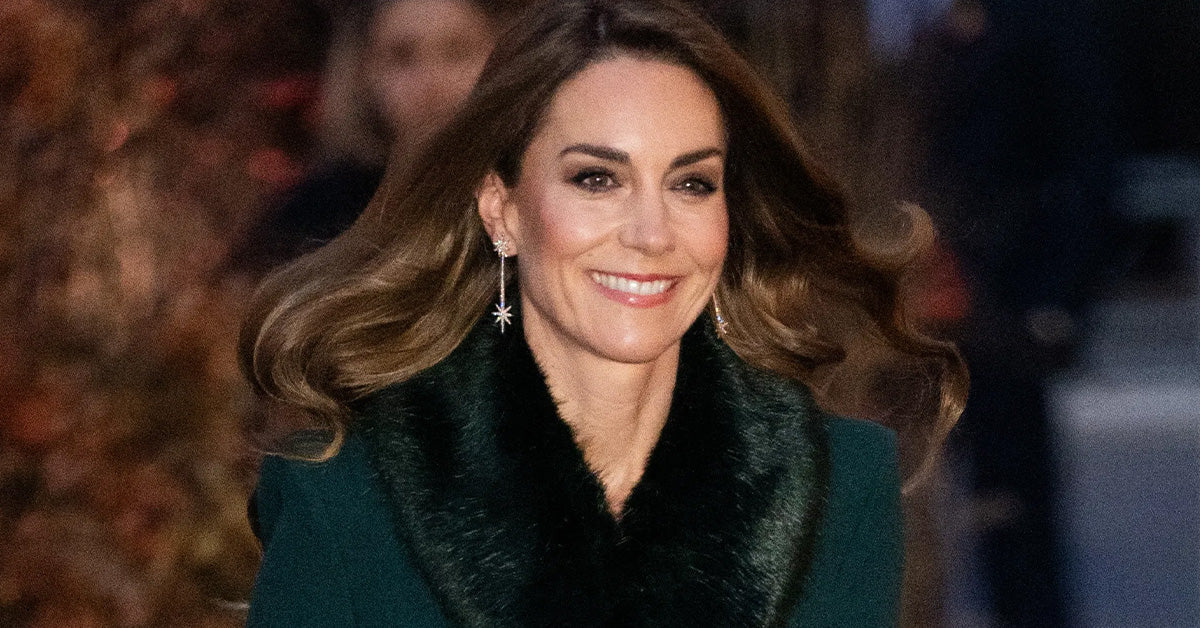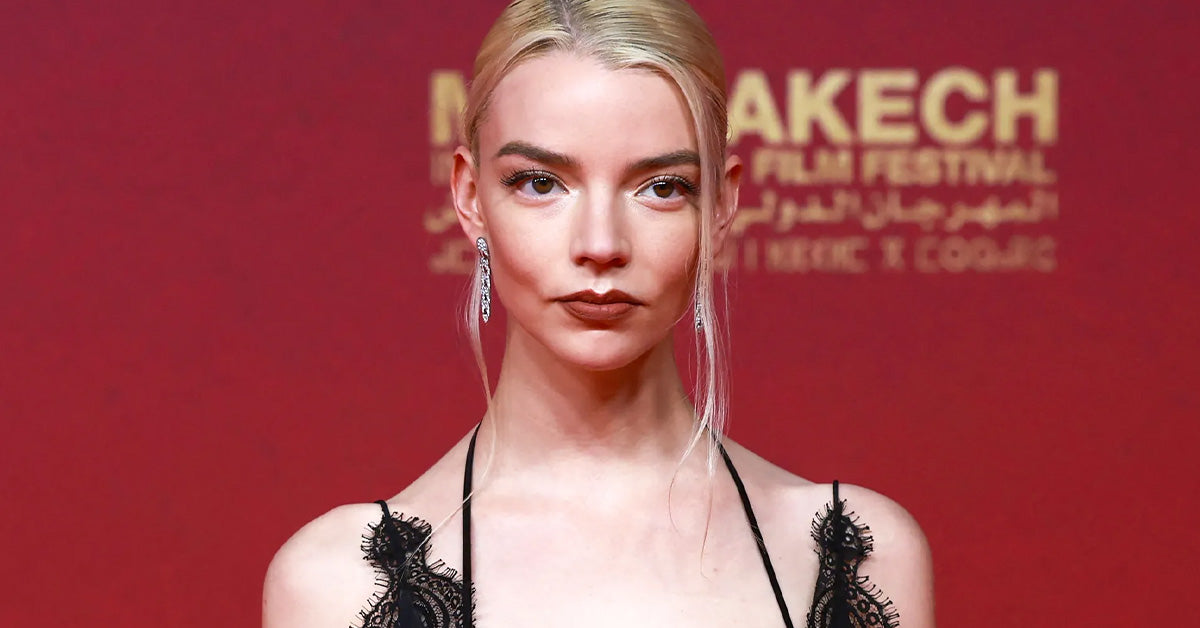Understanding the Hijab: A Deep Dive into Fashion, Culture, and Identity
The word Hijab is far more than just a piece of fabric—it's a powerful symbol, a cultural staple, and an evolving fashion statement. With its roots anchored deeply in Islamic tradition and its presence now visible on runways and city streets worldwide, the hijab commands attention in contemporary conversations about modesty, empowerment, and identity. But what exactly is a hijab? How has it evolved, and what does it represent in the world of fashion today? Let’s explore the nuances of this essential garment.
What is a Hijab?
At its core, the hijab refers to a head covering worn primarily by Muslim women as a form of modest attire. The term itself is derived from the Arabic word “ḥijāb,” which means “cover,” “barrier,” or “partition.” While the hijab is most commonly associated with a scarf that covers the hair, neck, and sometimes the shoulders, it can also symbolize the broader concept of modest dressing in Islam.
The styles and interpretations of the hijab vary widely based on cultural backgrounds, personal beliefs, and evolving fashion trends. In many societies, wearing the hijab is both a religious expression and an act of personal or cultural identity.
The Cultural and Religious Significance of the Hijab
The hijab is deeply rooted in Islamic teachings. The Quran encourages modesty for both men and women, but specific verses have been interpreted over centuries to mean that women should cover their hair and adorn themselves modestly in public or in the presence of non-family males.
- Spiritual Aspect: For many, donning the hijab is an act of faith, symbolizing devotion and adherence to religious principles.
- Cultural Expression: The hijab often reflects local customs and traditions, with variations in style, color, and method of draping across regions.
- Social Meaning: In some communities, the hijab embodies values like dignity, privacy, and respect for oneself and others.
However, it is important to remember that interpretations and practices of wearing the hijab can differ significantly, even within the Muslim world.
The Hijab in Fashion: Evolution and Modern Trends
Over the past few decades, the hijab has transcended its traditional roots and entered the global fashion scene. Today, it is celebrated not just as a religious or cultural garment, but as a canvas for self-expression and creativity.
- Designer Collections: International fashion houses and designers are increasingly featuring hijabi models and modest wear in their collections, acknowledging the significance of inclusivity.
- Influencer Culture: Social media influencers and bloggers have played a pivotal role in redefining hijab fashion, showcasing innovative ways to style the headscarf while respecting its core values.
- Street Style: From bold prints to minimalist aesthetics, hijab street style is ever-evolving, reflecting the tastes and personalities of those who wear it.
This rise in visibility and diversity has empowered many Muslim women to embrace both their faith and their individuality—without compromising on style.
Popular Hijab Styles and Fabrics
The versatility of the hijab is one of its most compelling features. Depending on the occasion, climate, and personal preference, women choose from a variety of hijab styles and materials. Here are some of the most popular:
- Rectangular Scarf (Shayla): A long, rectangular scarf, typically wrapped around the head and tucked or pinned at the shoulders.
- Square Scarf: Folded into a triangle and worn over the head, with the ends tied or draped under the chin.
- Instant Hijab: Pre-sewn or slip-on styles for quick and easy wear, popular among students and professionals alike.
- Turban Style: A modern variation where the scarf is wrapped around the head, exposing the neck for a chic, contemporary look.
Common fabrics used for hijabs include:
- Chiffon: Lightweight, airy, and suitable for formal occasions.
- Cotton: Breathable and comfortable for everyday use.
- Jersey: Stretchy, versatile, and easy to style.
- Silk: Luxurious and often chosen for special events.
Hijab as a Symbol of Empowerment
While outsiders sometimes perceive the hijab solely through the lens of restriction, many women view it as a source of empowerment. It can allow women to define how they are seen in public, prioritize their intellect and personality, and assert control over their bodies and identities. For countless hijabi women, the choice to wear the hijab is deeply personal and a reflection of autonomy, rather than compulsion.
In recent years, hijabi athletes, artists, and public figures have shattered stereotypes, proving that the hijab is compatible with ambition, talent, and success in every field.
Common Misconceptions About the Hijab
- It’s Always Mandatory: Not all Muslim women wear the hijab. The choice is influenced by personal belief, interpretation of religious texts, cultural context, and individual circumstances.
- It’s Only for Religious Purposes: Some women wear the hijab for cultural reasons, as a fashion statement, or to connect with their heritage.
- It’s a Sign of Oppression: Many women find the hijab liberating and empowering, as it allows them to control how they present themselves to the world.
The Future of the Hijab in Fashion
The hijab’s presence in mainstream fashion continues to grow, with more brands designing inclusive collections and celebrating modest fashion. The global dialogue around the hijab is shifting from questions of imposition and controversy to those of choice, creativity, and representation.
As the fashion industry evolves, the hijab will undoubtedly remain a powerful symbol—one that bridges tradition and modernity, spirituality and self-expression.
Frequently Asked Questions about Hijab
-
1. Is the hijab the same as a burqa or niqab?
No, the hijab specifically refers to a headscarf covering the hair and neck, but not the face. The burqa and niqab are different garments: the burqa covers the entire body and face, while the niqab covers the face except for the eyes.
-
2. Why do some Muslim women choose not to wear the hijab?
The decision to wear or not wear the hijab is deeply personal and can be influenced by religious interpretation, cultural norms, family traditions, or individual beliefs.
-
3. Can non-Muslim women wear the hijab?
Yes, non-Muslim women may wear the hijab for cultural, social, or solidarity reasons, but it’s important to do so respectfully and with understanding of its significance.
-
4. Are there specific colors or patterns required for the hijab?
No, the hijab can be of any color or pattern. Choices often reflect personal style, occasion, or cultural trends.
-
5. How do you properly wear a hijab?
There are many ways to style a hijab, depending on personal preference and the type of scarf. Typically, the scarf is draped over the head, covering the hair and neck, and secured with pins or tucked into clothing.

